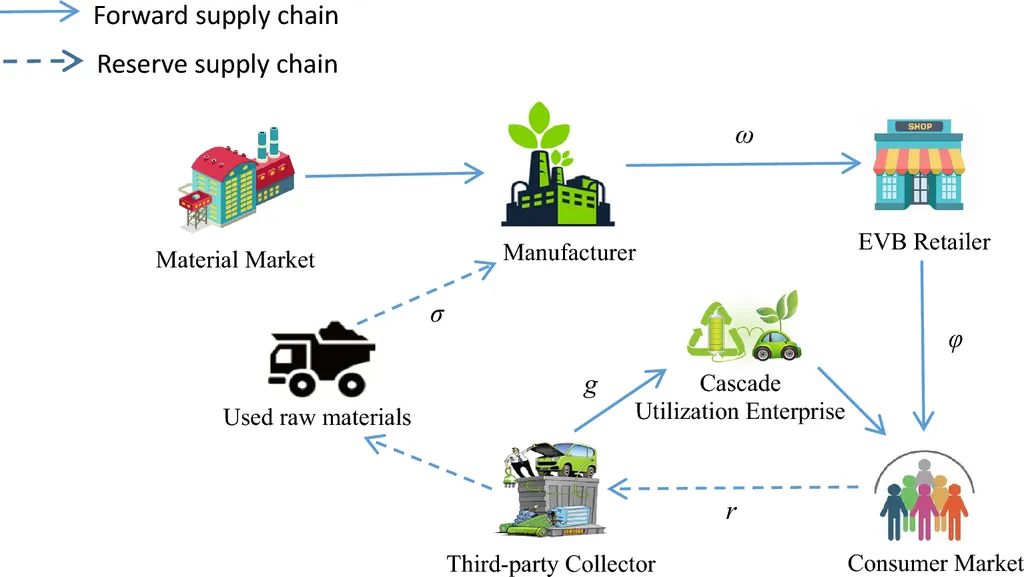The battery recycling industry stands at a pivotal juncture, with Cirba Solutions highlighting the urgent need for collaboration and strategic investment to secure a stable and competitive supply of critical materials. As the battery industry surges, the imperative to develop a closed-loop raw material supply chain has never been more pronounced. This shift is not merely about environmental sustainability but also about securing global competitiveness and deploying advanced energy technologies. The critical material processing industry, which manufactures battery-grade metals, is pivotal in this regard.
The transition from traditional battery recycling to sophisticated chemical manufacturing is underway, but it remains under the radar due to the current small capacity compared to virgin material. However, without new avenues for critical materials, future demands cannot be met. This transition necessitates significant investment, as the recycling industry will not thrive without an acceptable return on investment. Currently, global powers are leveraging their influence to maintain control over the supply chain, making investment in new avenues of finite sources crucial. China, for instance, refines 85% of rare earth metals, holds 70% of the global capacity for battery cathodes, and produces 70% of lithium-ion cells. This dominance is inflating battery acquisition costs, hurting the sector’s long-term viability and setting unrealistic expectations for customers, including gigafactories and original equipment manufacturers.
The European Union has taken steps to keep critical materials within its borders and increase battery recycling and material refinement through new regulations. However, the US and other regions must also act decisively. By 2030, over 1,200 GWh of battery capacity will be built in the US, necessitating more raw materials than are currently available. To sustain this growth, collaboration within the supply chain and between public and private entities is essential to invest in the recovery of market costs for these materials domestically.
The challenges in the battery recycling sector are multifaceted, but strategic solutions are within reach. A collaborative approach between the public and private sectors for investment throughout the battery supply chain can help compete with more mature markets. Promoting balanced market considerations from battery acquisition costs to processing materials, such as sulfates, with positive returns on invested capital is crucial. Additionally, diversifying the supply chain of critical minerals is essential for efficient use and increased market availability.
The sourcing of critical minerals and diversifying supply chains is a national security issue affecting many countries. To become competitive in the critical materials sector, a range of options should be evaluated. This includes changing industry standards to align with hazardous waste disposal, which includes paying for the removal of hazardous materials.
North American and European companies rely heavily on imports for raw materials like lithium, cobalt, nickel, and manganese. To diversify sourcing domestically and create a more stable supply chain, clear expectations must be set for the market today. This will allow the industry to create a thriving and diversified market now and in the future. Working together with both public and private entities is imperative. Without reasonable market pricing, this sector will not be attractive for investment. And more importantly, batteries will end up in landfills or in the control of foreign entities of concern. Recycling and recovery of these materials is possible today if we fully collaborate and support the avenues for new critical minerals avenues, including battery recycling.
The development of the battery recycling industry is not just about environmental stewardship; it is about economic resilience and national security. As the demand for batteries continues to rise, so does the need for a robust and diversified supply chain. The actions taken today will shape the future of the industry, and the time for decisive action is now. The call for collaboration and strategic investment is not just a recommendation; it is a necessity for the long-term viability of the sector. The future of the battery recycling industry hinges on the collective efforts of governments, industries, and innovators to create a sustainable and competitive landscape.




